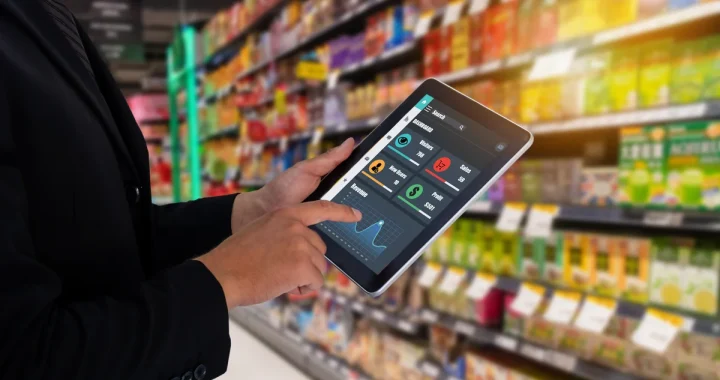Digital tools have become needed for smooth and organised markets since they help create structure, clarity, and simple processes for organisers and stallholders. A contemporary market management system brings everything together in a single organised place, helping teams run events with ease. Many groups use market management software to guide bookings, layouts, and simple communication. These tools also connect well with a market stall booking system, making registration smoother for sellers. A complete setup often includes market organiser software and market event management software to construct a clear plan. These tools show how helpful digital support could be for growing markets. A market management system works by bringing key tasks into one flexible space. Organisers use market management software to keep track of stalls, schedules, and helpful details. A market stall booking system offers a structured way for stallholders to secure spaces with ease. Clear layouts tend to be planned with market organiser software, which will keep everything simple and organised. Make a search on the following site, if you are hunting for additional information concerning market stall booking system.
The flow becomes better still when teams add market event management software to guide planning. These tools come together to produce smooth processes that help everyone have a well-organised experience. The relevance of these digital tools continues to grow as events become larger and more varied. Many teams appreciate what sort of market management system reduces guesswork and supports an easy flow. A market stall booking system removes confusion by keeping stall allocation neat and accessible. A flexible market organiser software helps maintain structure, while helpful market event management software supports reliable planning. The wide usage of market management software shows how useful these systems are for shaping successful events. These tools bring order to tasks that when required heavy effort. Digital systems also help organisers deliver events that feel smooth, structured, and welcoming. A market management system supports the full process from setup to closing. A reliable market stall booking system offers quick access for stallholders, helping them feel prepared. Many organisers enjoy using market organiser software to present clear layouts and simple instructions. Market event management software helps teams meet expectations with ease.
When paired with market management software, the whole event becomes easier to oversee. These tools guide teams through planning while keeping everything flowing well. As markets continue to cultivate, digital tools will play an even stronger role in building lively and engaging experiences. A trustworthy market management system will help to keep events organised as demand rises. Simple access via a market stall booking system allows more sellers to take part. Organisers using market organiser software and market event management software will create structured environments that support success. Strong market management software will continue to simplify complex tasks. These tools show how digital solutions help markets develop, expand, and offer enjoyable experiences for everyone involved. An increasing quantity of organisers now depend on digital tools since they support smooth coordination and clear planning from begin to finish. A market management system keeps tasks structured, while market management software guides teams through each stage. A market stall booking system helps traders secure spaces with ease. With market organiser software and market event management software, every detail becomes easier to manage. These tools come together to produce organised, enjoyable, and successful market experiences.










